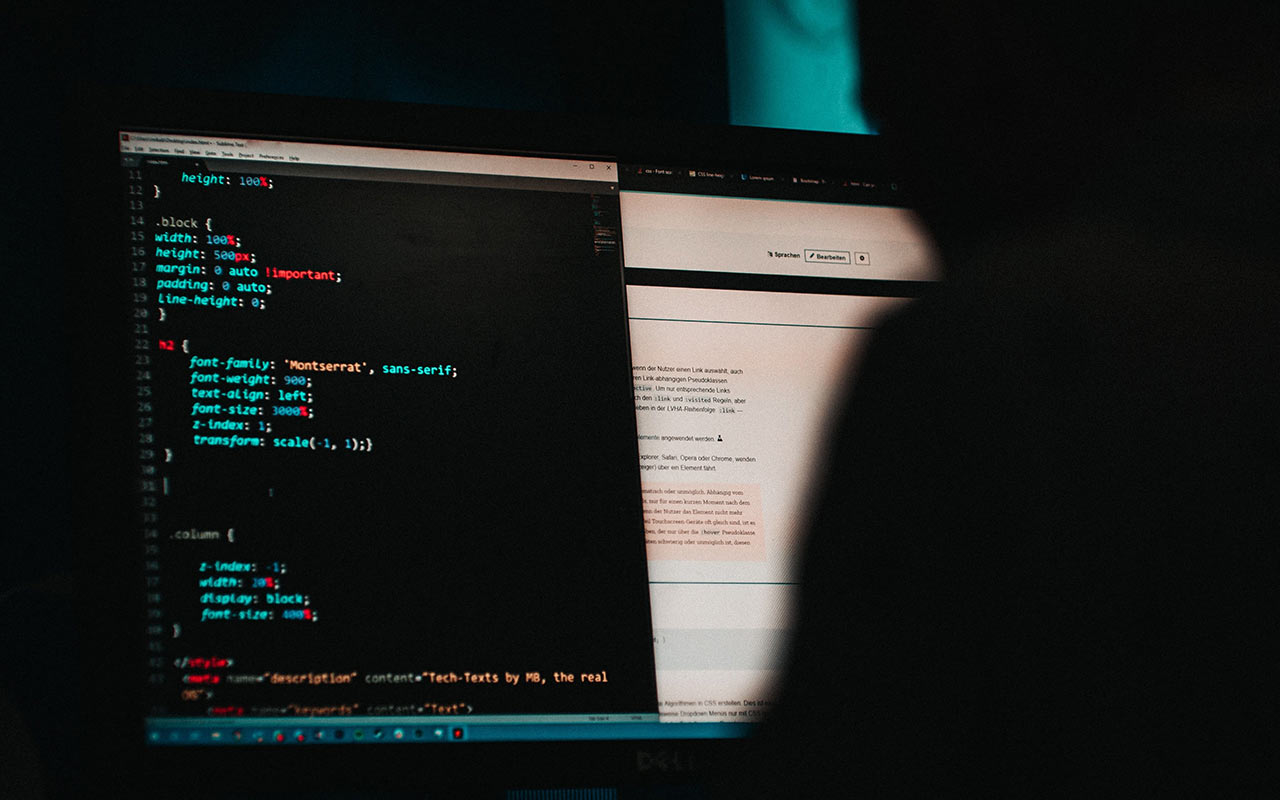
- Contact Sales:
- (310) 826-6800

A Canadian man has been charged with taking part in a ransomware attack that is alleged to have stolen tens of millions of dollars from victims, the Justice Department announced Thursday. The report from the Associated Press, Washington stated that he faces charges of conspiracy to intentionally damage protected computers and to transmit ransom demands to pressure victims into paying him. Associated press writer Frank Bajak in Boston contributed to this report.
Mikhail Vasiliev, a dual citizen of Canada and Russia, was detained on Wednesday on suspicion of taking part in the Lockbit ransomware operation, which is accused of being behind several attacks and security lapses. He is currently detained in Canada while awaiting extradition to the US, where he will stand trial for his involvement in cyberthreats, attacks, and extortion attempts.
The 33-year-old Canadian citizen Vasiliev from Bradford, Ontario, was not represented in court. He is suspected of sending out ransom demands, purposely undermining computer hardware and security measures, exploiting antivirus computer software, and attempting to publicly leak stolen data obtained by cyber attacks.
Lockbit is only one of many organizations that undertake a ransomware campaign in order to extort victims. Our analysis shows that Lockbit was accountable for 46% of all ransomware-related breaches during the first five months of this year that were disclosed on extortion websites used by the organization to intimidate victims by threatening to publicly expose stolen sensitive information.
It mainly targeted companies in Germany, Italy, and the US, ranging from manufacturing to retail, where it would employ social engineering techniques and new security flaws to compromise system security and extort money.
The Justice Department claims that between January 2020 to the present, Lockbit members have launched at least 1,000 malware attacks in the United States and overseas in exchange for a ransom. Attacks known as ransomware are attacks in which hackers encrypt the data of their victims and keep it hostage until they are paid a ransom. According to the prosecution, the hackers wanted a ransom of at least $100 million and were paid in multiple millions of dollars.
According to Brett Callow, a ransomware expert and threat analyst at Emisosft, the arrest of Vasiliev might bring a stop to the LockBit operation because “other cybercriminals would lose faith in the operation’s integrity.”
Which specific victims were supposedly the focus of the LockBit operator was not made clear by Europol. However, given that France is taking part in the operation, it is possible that Vasiliev was behind a recent attack on the French aerospace and military firm Thales.
Deputy Attorney General Lisa Monaco said in a statement that the arrest was “the outcome of almost two and a half years of investigation against the Lockbit ransomware gang.”
According to court documents made available on Thursday, Canadian law enforcement agents reportedly searched Vasiliev’s home and discovered a “TARGETLIST” file on a computer. According to the documents, one of the victims included in the case that the Justice Department filed in New Jersey was a local business.

The goal of cybersecurity measures, also known as information technology (IT) security, is to thwart threats against computer systems and their applications, whether they originate from within or outside of an organization.
It’s possible that hackers are starting to employ open source tools instead of data encryption and login credentials to access accounts and obtain user data. It’s possible that keeping data hidden from the owner will become useless in the future due to the rise of ransomware groups that extort their victims rather than using encryption.
The researchers claim that in the roughly five years since ransomware gangs started using “big game” tactics, the skills required for a successful attack have changed.
The ability to choose a target, evaluate that target’s value, break into that target’s network, and operate covertly are the skills that characterize an attacker’s potential success in a “big game” operation.
Russia’s invasion of Ukraine also had a significant impact on how ransomware vendors manage their businesses. We have seen a lot of corporations change their minds about cybercrime, particularly when it comes to getting paid. To safeguard you and your clients’ data, having appropriate IT technical support and security solutions has become a critical business requirement. Because of this, ZZ Computer, a dependable managed IT services partner, is ready to assist you.
“If encrypting data is no longer profitable, ransomware producers will simply switch to other attack methods. As a result of Russia’s war in Ukraine, pressure to do so increased. It started with better backups and evolved into “double extortion.”” The security provider claims that
“Since the dispute began, ransomware gangs have found it harder to be paid owing to the possibility of penalties, and as a direct result, one of the most well-known gangs has completely vanished.”
Security experts may misinterpret certain circumstances as having political goals when they actually don’t. As an example, ransomware attacks have been the most popular target in the United States over the past few months.

Lockbit is the ransomware variant that is now most prevalent worldwide. The Lockbit ransomware group amassed 430 more validated cyberthreats between March and August than the following four competitors combined, according to the Threat Intelligence Team at Malwarebytes.
According to reports, Lockbit has created a steady stream of attacks that claim about 70 people each month. Comparatively, the Conti ransomware strain, which is the second most common, only produced 127 infections in total between March and the end of August, which is equivalent to less than two months of normal Lockbit operation.
Malwarebytes attributes a portion of the rise in cyberattacks and ransomware threats to Lockbit’s method of attack, which overcomes multifactor authentication and uses remote access tools.
Malwarebytes believes that by staying out of the news and refraining from making grandiose claims that would put them in the spotlight like other ransomware outfits, Lockbit has escaped unwanted police and government investigation.
Though as Lockbit becomes more well-known, its time operating in the shadows may be coming to an end. The notorious ransomware gang has been implicated in a number of noteworthy attacks, including the most recent hack at the company that provides digital certificates, Entrust. The company has not responded to Lockbit’s statement or offered any comments, despite requests for comment.
The relative secrecy of Lockbit raised concerns from the Malwarebytes Threat Intelligence Team, who stated, “We cannot help but worry how long that will continue though.” The most serious ransomware threat throughout 2022 has been Lockbit, and it is impossible that an FBI group isn’t working on a plan to get rid of it.
There are more practical reasons for cybercrime gangs to travel to the United States than the ongoing conflicts between the United States and Russia, according to the Malwarebytes Threat Intelligence Team.
Although the USA continues to bear the brunt of ransomware attacks, rather than being a deliberate target, this dominance likely stems from the size of its service industry and the large number of potential victims.
You must collaborate with an established and reputable provider of IT managed services, such as ZZ Computer, if you want to safeguard your company. As a result of continually providing our clients with value and security, ZZ Computer has grown to become a respected industry and community leader. Our finest accomplishment, in our opinion, is the enormous number of devoted clients that rely on our IT support services year after year.
We firmly believe that the internet should be available and accessible to anyone, and are committed to providing a website that is accessible to the widest possible audience, regardless of circumstance and ability.
To fulfill this, we aim to adhere as strictly as possible to the World Wide Web Consortium’s (W3C) Web Content Accessibility Guidelines 2.1 (WCAG 2.1) at the AA level. These guidelines explain how to make web content accessible to people with a wide array of disabilities. Complying with those guidelines helps us ensure that the website is accessible to all people: blind people, people with motor impairments, visual impairment, cognitive disabilities, and more.
This website utilizes various technologies that are meant to make it as accessible as possible at all times. We utilize an accessibility interface that allows persons with specific disabilities to adjust the website’s UI (user interface) and design it to their personal needs.
Additionally, the website utilizes an AI-based application that runs in the background and optimizes its accessibility level constantly. This application remediates the website’s HTML, adapts Its functionality and behavior for screen-readers used by the blind users, and for keyboard functions used by individuals with motor impairments.
If you’ve found a malfunction or have ideas for improvement, we’ll be happy to hear from you. You can reach out to the website’s operators by using the following email
Our website implements the ARIA attributes (Accessible Rich Internet Applications) technique, alongside various different behavioral changes, to ensure blind users visiting with screen-readers are able to read, comprehend, and enjoy the website’s functions. As soon as a user with a screen-reader enters your site, they immediately receive a prompt to enter the Screen-Reader Profile so they can browse and operate your site effectively. Here’s how our website covers some of the most important screen-reader requirements, alongside console screenshots of code examples:
Screen-reader optimization: we run a background process that learns the website’s components from top to bottom, to ensure ongoing compliance even when updating the website. In this process, we provide screen-readers with meaningful data using the ARIA set of attributes. For example, we provide accurate form labels; descriptions for actionable icons (social media icons, search icons, cart icons, etc.); validation guidance for form inputs; element roles such as buttons, menus, modal dialogues (popups), and others. Additionally, the background process scans all of the website’s images and provides an accurate and meaningful image-object-recognition-based description as an ALT (alternate text) tag for images that are not described. It will also extract texts that are embedded within the image, using an OCR (optical character recognition) technology. To turn on screen-reader adjustments at any time, users need only to press the Alt+1 keyboard combination. Screen-reader users also get automatic announcements to turn the Screen-reader mode on as soon as they enter the website.
These adjustments are compatible with all popular screen readers, including JAWS and NVDA.
Keyboard navigation optimization: The background process also adjusts the website’s HTML, and adds various behaviors using JavaScript code to make the website operable by the keyboard. This includes the ability to navigate the website using the Tab and Shift+Tab keys, operate dropdowns with the arrow keys, close them with Esc, trigger buttons and links using the Enter key, navigate between radio and checkbox elements using the arrow keys, and fill them in with the Spacebar or Enter key.Additionally, keyboard users will find quick-navigation and content-skip menus, available at any time by clicking Alt+1, or as the first elements of the site while navigating with the keyboard. The background process also handles triggered popups by moving the keyboard focus towards them as soon as they appear, and not allow the focus drift outside of it.
Users can also use shortcuts such as “M” (menus), “H” (headings), “F” (forms), “B” (buttons), and “G” (graphics) to jump to specific elements.
We aim to support the widest array of browsers and assistive technologies as possible, so our users can choose the best fitting tools for them, with as few limitations as possible. Therefore, we have worked very hard to be able to support all major systems that comprise over 95% of the user market share including Google Chrome, Mozilla Firefox, Apple Safari, Opera and Microsoft Edge, JAWS and NVDA (screen readers), both for Windows and for MAC users.
Despite our very best efforts to allow anybody to adjust the website to their needs, there may still be pages or sections that are not fully accessible, are in the process of becoming accessible, or are lacking an adequate technological solution to make them accessible. Still, we are continually improving our accessibility, adding, updating and improving its options and features, and developing and adopting new technologies. All this is meant to reach the optimal level of accessibility, following technological advancements. For any assistance, please reach out to